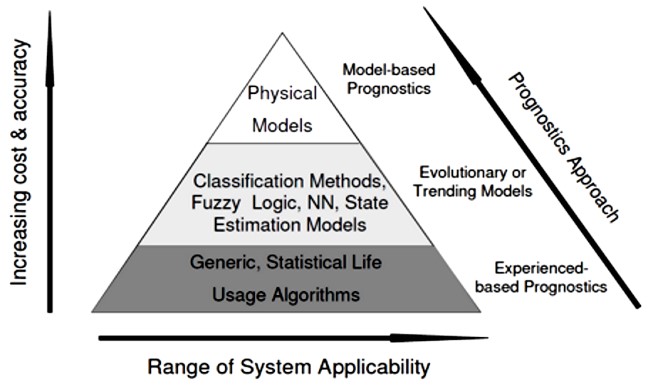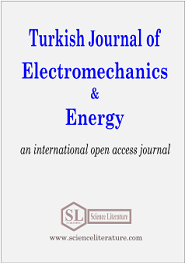
Lifetime Estimation Method for Photovoltaic Generators
Abstract
This article addresses a methodology to evaluate the lifetime of photovoltaic generators (PVGs) by extracting parameters from a Weibull distribution and using the Akaike criterion test. A degradation index is developed for outdoor photovoltaic generators affected by operating conditions. Degradation index quantification, through weather monitoring and instantaneous continuous output power, is proposed. For this purpose, statistical data series are extracted that correspond to the instantaneous number of contributing PVGs, which allows a reliability study. Akaike Criterion Test (AIC) shows that these data series tend towards a Weibull distribution. Efforts are made to be able to quantify the parameters of the distribution model and thereby obtain the lifetime of the PVG. The approach is validated by using data from several PVGs.
Full Text:
PDFReferences
E. D. Dunlop, D. Halton, The performance of crystalline silicon photovoltaic solar modules after 22 years of continuous outdoor exposure, Progress in photovoltaics, 14(1), 53-64, (2006).
C.S. Byington, M. J. Roemer, T. Galie, Prognostic enhancements to diagnostic systems for improved condition-based maintenance, Proceedings IEEE aerospace conference, vol.6(6), (2002).
D. Jordan, S. Kurtz, Photovoltaic degradation rates-
an analytical review, Progress in photovoltaics, 21(1),
-29, (2013).
P. Ribot, Y. Pencolé, M. Combacau, Functional prognostic architecture for the maintenance of complex systems, IFAC Proceedings Volumes, 42(8), 1450-1455, (2009).
C.R. Osterwald, T. J. McMahon, History of accelerated and qualification testing of terrestrial photovoltaic modules: A literature review, Progress in photovoltaics, 17(1), 11-33, (2009).
M. Vázquez, I. Rey-Stolle, Photovoltaic module reliability model based on field degradation studies, Progress in photovoltaics, 16(5), 419-433, (2008).
R. F. Stapelberg, Handbook of reliability, availability, maintainability and safety in engineering design, Springer Science & Business Media, 99-105, (2009).
R. Pan, T. Crispin, A hierarchical modeling approach to accelerated degradation testing data analysis: A case study, Quality and reliability engineering international, 27(2), 229-237, (2010).
E. Monroe, R. Pan, Knowledge-based reliability assessments for time-varying climates, Quality and reliability engineering international, 25(1), 111-124,
(2009).
J. H. Wohlgemuth, D.W. Cunningham, P. Monus, J.
Miller, A. Nguyen, Long term reliability of photovoltaic modules, IEEE 4th World Conference
on Photovoltaic Energy Conference, vol. 2, 2050-
, (2006)
C. Notton, C. Cristofari, M. Mattei, P. Poggi, Modeling of a double-glass photovoltaic module using finite differences, Applied thermal engineering, 25(17-18), 2854-2877, (2005).
A. Grous, Eléments d’analyse de la fiabilité et du contrôle de qualité : Statistiques appliquées par l’exemple, 113-199, Lavoisier, (2013).
H. Akaike, A new look at statistical mode identification, IEEE Transactions on Automatic Control, 19(6), 716-723, (1974).
International Energy Agency (IEA) Photovoltaic Power Systems Programme Task 13 Database, http://www.iea-pvps.org/, International Energy Agency, (2018).
M. E. Şahin, H. İ. Okumuş, Physical Structure, Electrical Design, Mathematical Modeling and Simulation of Solar Cell Modules, Turkish Journal of Electromechanics & Energy 1(1), 5-12, (2016).
X. Chen, Using the Akaike Information Criterion for selecting the field distribution in a reverberation chamber, IEEE Transactions Electromagnetic Compatibility, 55(4), 664-670, (2013).
URN: https://sloi.org/urn:sl:tjoee41129
Copyright (c) 2019 Turkish Journal of Electromechanics and Energy

This work is licensed under a Creative Commons Attribution-NonCommercial 4.0 International License.

 Indexed in:
Indexed in:
















